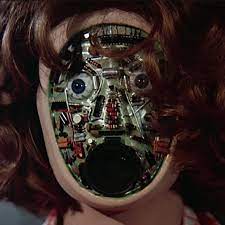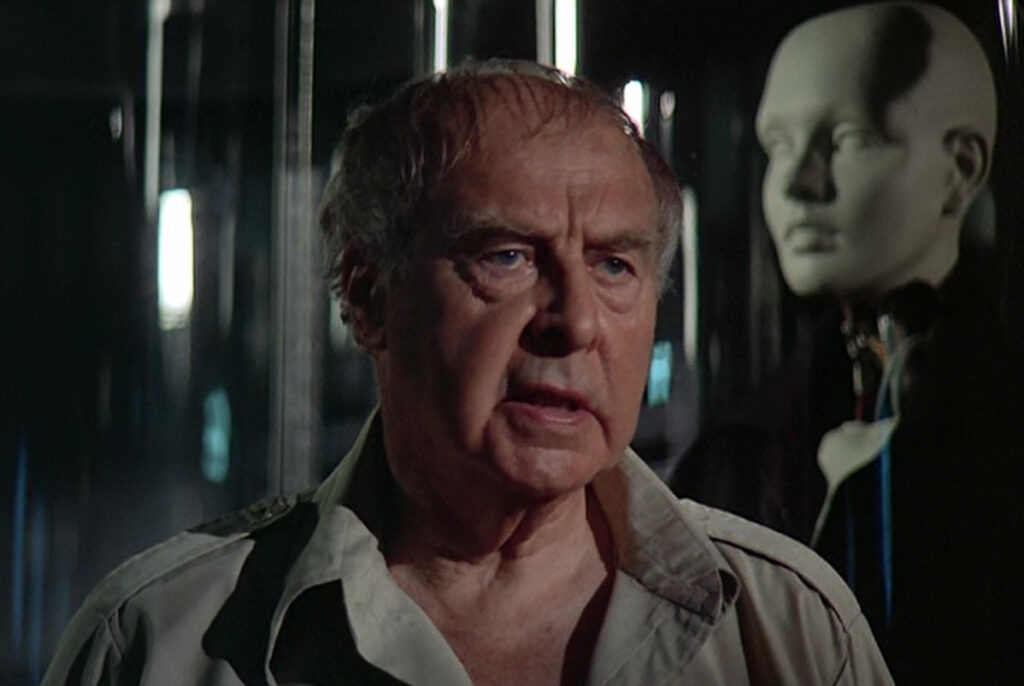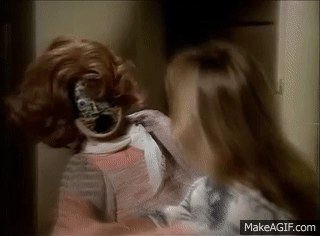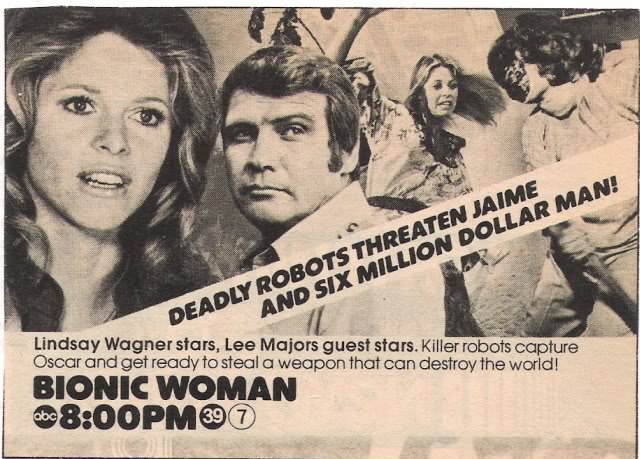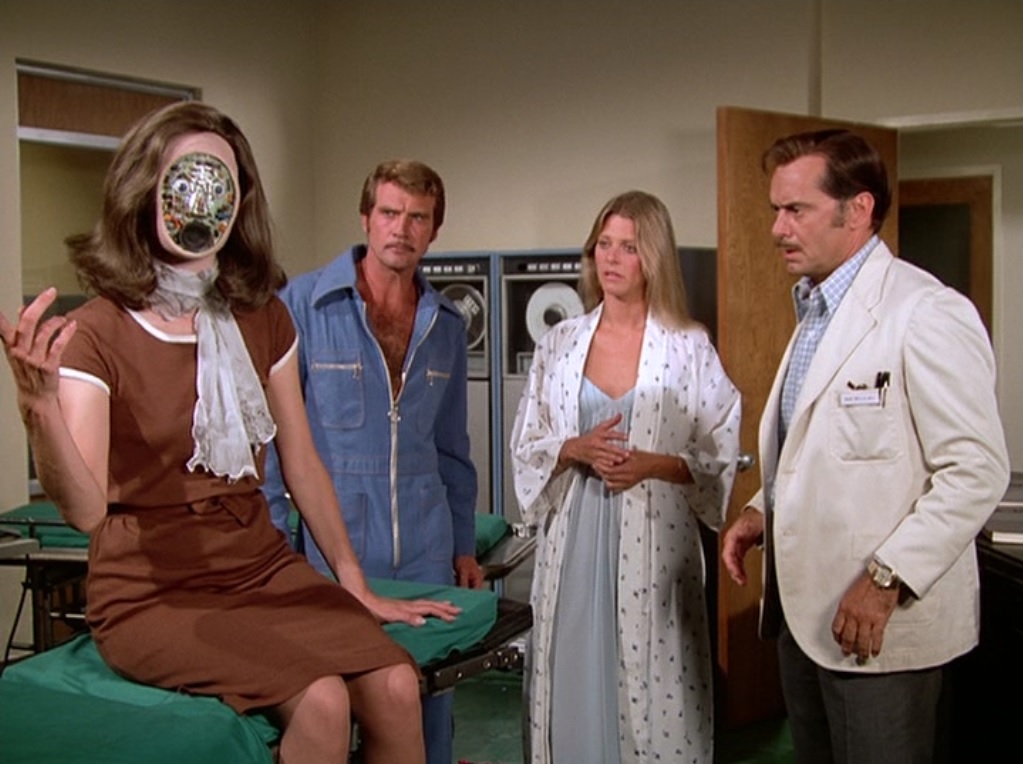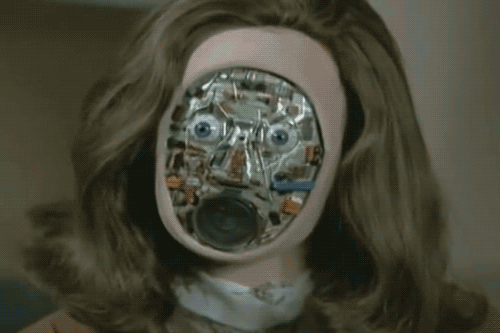Before Terminators, Westworld’s Hosts, and even Ex Machina’s Ava, the world had the Fembots—a terrifying yet campy vision of artificial intelligence wrapped in synthetic skin.
Introduced in The Six Million Dollar Man and The Bionic Woman, these robotic femmes fatales were decades ahead of their time, setting the stage for the AI-dominated narratives we see today. But what made them so iconic?
And how did they foreshadow the AI revolution we’re living in now? Let’s dig in.
Long before sci-fi started asking existential questions about AI consciousness, The Six Million Dollar Man (1973-1978) and its spinoff, The Bionic Woman (1976-1978), introduced audiences to the Fembots.
Unlike their modern counterparts, these androids weren’t interested in developing emotions or gaining autonomy—they were programmed for one thing: infiltration and destruction.
Created by the evil scientist Dr. Franklin, these eerily lifelike robots were designed to replace real people and serve as his ultimate weapons of deception.
The most terrifying aspect? Their faces could be removed to reveal a nightmarish mechanical skull with glowing eyes, making them look like a horror show version of Stepford Wives. It was the 1970s, so of course, they rocked stylish bell-bottoms, mod mini-dresses, and flawless blowouts—because why not take over the world in style?
But the Fembots weren’t just robotic copies—they were also enhanced with superhuman strength, making them formidable opponents for Steve Austin (The Six Million Dollar Man) and Jaime Sommers (The Bionic Woman).
Their programming allowed them to move and fight with precision, and their ability to mimic human behavior made them perfect spies. These attributes made them one of the most menacing threats in the Bionic universe, as they could blend seamlessly into society while secretly working to take down their targets.
What made the Fembots particularly insidious was their role in psychological warfare. Their lifelike appearance often tricked protagonists into moments of vulnerability, only for them to reveal their true nature at the worst possible time.
In a pre-CGI era, the eerie blend of practical effects and classic TV suspense made their face-removal scenes even more unsettling, cementing their place in the nightmares of 1970s viewers.
Additionally, the Fembots represented a clever way to replace high-powered government employees, a concept that made them even more dangerous.
Dr. Franklin and other villains used the Fembots to infiltrate top-secret military and intelligence positions, allowing them to manipulate decisions, steal classified information, and sabotage key operations from within.
Unlike a simple robot army, the Fembots were designed to be indistinguishable from their human counterparts, making them the ultimate espionage tools. This added an extra layer of paranoia to their presence—who could be trusted when even the most powerful figures in government could secretly be machines?
This fear of infiltration and technological deception remains relevant today, as AI-driven deepfakes and cyber espionage continue to pose significant threats to security and governance.
The Fembots weren’t just another villain-of-the-week gimmick.
They tapped into deep-rooted fears about technology, autonomy, and human replacement—themes that still resonate today.
At the time, AI was still in its infancy, but science fiction was already grappling with what it could mean for humanity.
Fast-forward to today, and those same concerns have evolved into the debates around ChatGPT, deepfakes, and AI-driven automation.
The idea of robots replacing real people isn’t just sci-fi fantasy anymore—it’s a legitimate concern in industries from journalism to customer service. The Fembots might have been pulp fiction, but their core concept predicted the uncanny valley we now find ourselves in.
The Fembots may have been campy 1970s TV villains, but their impact on sci-fi and AI-driven storytelling is undeniable. Let’s take a look at how they paved the way for some of pop culture’s most famous robotic characters:
- The Terminator (1984) – While Arnold Schwarzenegger’s Terminator was a hulking, unstoppable machine, the concept of humanoid robots infiltrating human society was straight out of the Fembot playbook.
- Westworld (2016-Present) – HBO’s reboot of Westworld features hyper-realistic AI hosts who, much like the Fembots, can pass as human until something goes terribly wrong.
- Ex Machina (2014) – Ava, the AI in Ex Machina, takes the concept of robotic deception to an eerily realistic level, using her human-like appearance and behavior to manipulate and outsmart those around her.
- Austin Powers (1997) – And let’s not forget the hilarious parody in Austin Powers: International Man of Mystery, where Mike Myers reintroduced the concept of Fembots—complete with machine-gun bras and retro-futuristic go-go boots.
The Fembots were groundbreaking in their time, not just because they looked cool (or terrifying) but because they sparked conversations about AI and human-like machines.
While today’s AI assistants like Siri and Alexa aren’t plotting world domination (yet), the fears embedded in 1970s sci-fi are still relevant.
As AI gets more advanced, so do the questions: How much control should we give to AI? Can AI convincingly replace humans? And at what point do machines become too lifelike for comfort?
The Fembots may have been a product of their time—complete with melodramatic performances and 70s fashion—but they were also a warning. Today, we may not be facing literal Fembots infiltrating our workplaces (or are we?), but the lines between AI and reality are blurrier than ever.
Whether you remember them from childhood or are just discovering them now, they remain a fascinating part of AI’s pop culture history. So the next time you hear someone talk about the rise of AI, just remember: the Fembots did it first—and they did it in heels.

